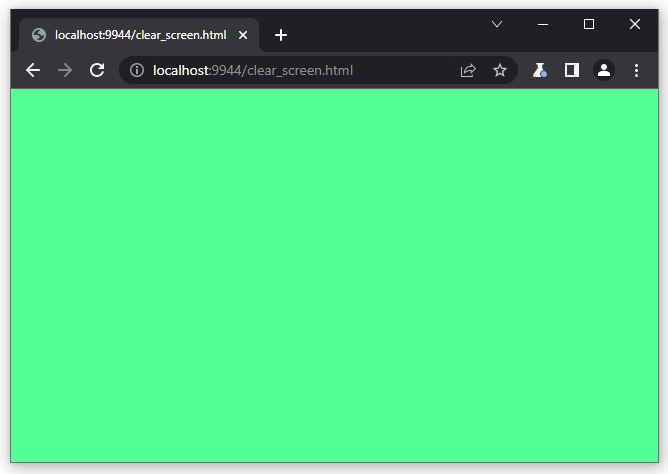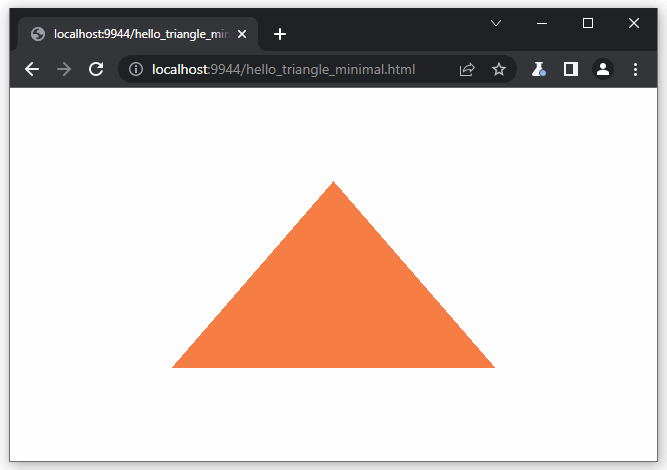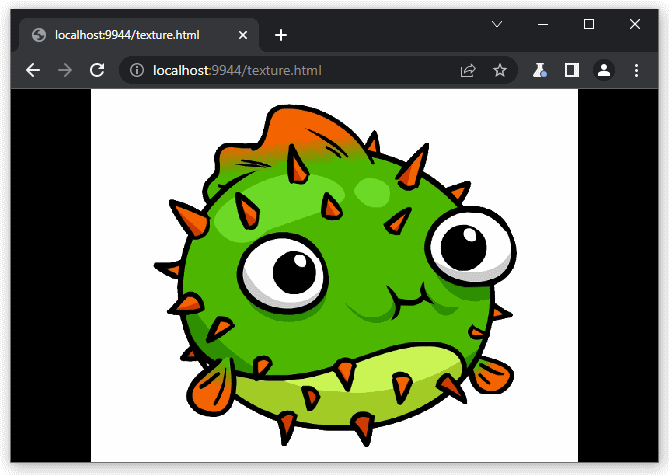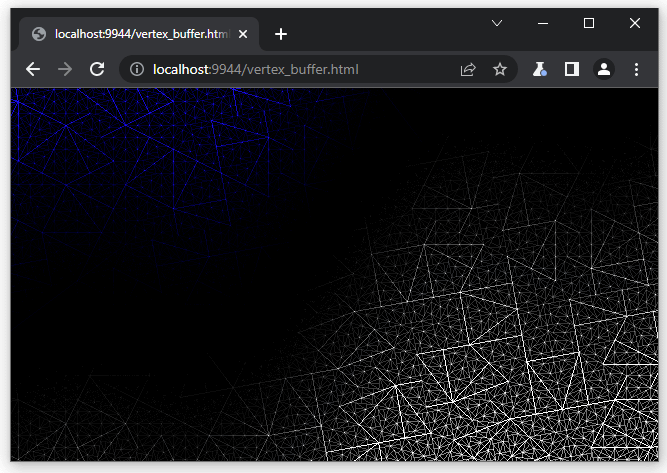This repository contains an Emscripten system library for utilizing WebGPU from a C/C++ codebase, along with a few small C code examples on how to use it.
To utilize the library in your own application, copy the contents of the lib/ directory into your project:
Additionally, if you are using Closure Compiler, also copy the Closure externs file into your project:
and specify the Emscripten linker argument --closure-args=--externs=/path/to/webgpu-closure-externs.js when linking your project.
Then #include "lib_webgpu.h" to access the API, compile in lib_webpgu.cpp with the rest of your project files, and finally link with --js-library /absolute/path/to/lib_webgpu.js on the Emscripten command line to include the code. See the provided CMakeLists.txt for example usage.
For your convenience, a forward declaration header is also provided, and can be included with #include "lib_webgpu_fwd.h".
The repository was last updated to be up to date with the WebGPU specification as of 🗓 9/6/2022.
This bindings library is developed with the following:
For the most parts, the JavaScript side WebGPU API is directly mapped 1:1 over to WebAssembly side to enable developers to write WebGPU code in C/C++ by using the official specification IDL as reference.
Type names and structs follow a naming convention WGpu*, mapped from JS names by transforming GPUAdapter -> WGpuAdapter. API function names use a prefix wgpu_*, and are mapped using the convention GPUCanvasContext.configure(...) -> wgpu_canvas_context_configure(canvasContext, ...). Enums and #defines use a prefix WGPU_, e.g. GPUPowerPreference -> WGPU_POWER_PREFERENCE.
A few exceptions to this are done in the name of accommodating better Wasm<->JS language marshalling, noted where present in the lib_webgpu.h header.
The primary design goal of the library is to provide absolutely best runtime speed and minimal generated code size overhead, carefully shaving down every individual byte possible. The intent is to enable using this library in extremely code size constrained deployment scenarios.
The library is implemented very C-like, void of high-level JavaScript abstractions, and manually tuned to produce smallest code possible. This has been observed to work best to provide the thinnest JS<->Wasm language marshalling layer that does not get in the way.
Another design goal is to minimize the amount of JS temporary garbage that is generated. Unlike WebGL, WebGPU API is unfortunately quite trashy, and it is not possible to operate WebGPU without generating some runaway garbage each rendered frame. However, the binding layer itself minimizes the amount of generated garbage as much as possible.
If there is a tradeoff between generated garbage, code size, or runtime speed, build flags are provided to favor one over the other. (currently there aren't any, but this is expected to change)
Some WebGPU features do not interop well between JS and Wasm if translated 1:1. Buffer mapping is one of these features. To help JS<->Wasm interop, this library provides custom functions wgpu_buffer_read_mapped_range() and wgpu_buffer_write_mapped_range() that do not exist in the official WebGPU specification.
For an example of how this works in practice, see the sample vertex_buffer/vertex_buffer.c
To enable easy uploading of image URLs to WebGPU textures, an extension function wgpu_load_image_bitmap_from_url_async() is provided. For an example of this, see the sample texture/texture.c
When building with Emscripten linker flag -sASYNCIFY=1, the following extra functions are available:
navigator_gpu_request_adapter_syncandnavigator_gpu_request_adapter_sync_simple: Synchronously request a GPUAdapter.wgpu_adapter_request_device_syncandwgpu_adapter_request_device_sync_simple: Synchronously request a GPUDevice.wgpu_buffer_map_sync: Synchronously map a GPUBuffer.
These functions enable a synchronous variant of the _async functions offered in the WebGPU specification. These can be useful for prototyping and test suites etc., though it is not recommended to try to ship a game that uses Asyncify, because it has a very high latency overhead, and breaks ordering and re-entrancy semantics of traditional code execution.
Currently both 2GB and 4GB build modes are supported. Wasm64 is also planned to be supported as soon as it becomes available in web browsers.
Several test cases are available under the samples/ subdirectory.
Don't expect flashy demos. The test cases exercise features relevant to data marshalling between WebAssembly and JavaScript languages, and are not intended to showcase fancy graphical effects.
To build the samples, first install Emscripten via Emsdk, then enter Emsdk command line environment (emsdk_env), and type
cd path/to/wasm_webgpu
mkdir build
cd build
emcmake cmake ../samples -DCMAKE_BUILD_TYPE=Debug # Or MinSizeRel, RelWithDebInfo or Release
make -jOn Windows, the last make command is not available, so either install Mingw32-make via emsdk and run mingw32-make -j, or install Ninja via emsdk, then pass -G Ninja to the emcmake command line, and then run ninja instead of make.
For the smallest Clear Screen "hello world" example, see clear_screen.c/clear_screen.c.
There is also an Emscripten ASYNCIFY-enabled variant of the same demo, at clear_screen.c/clear_screen_sync.c.
The demo failing_shader_compilation/failing_shader_compilation.c tests handling of shader compilation errors.
The demo gpu_oom/gpu_oom.c exhausts the GPU VRAM, testing handling of GPU OOM events.
The demo hello_triangle/hello_triangle_minimal.c contains the smallest triangle rendering demo.
The variant hello_triangle/hello_triangle_verbose.c offers the same, but with verbose debug logging.
The sample texture/texture.c tests the wgpu_load_image_bitmap_from_url_async() API.
The test vertex_buffer/vertex_buffer.c shows an example of how to map a GPU buffer and use the function wgpu_buffer_write_mapped_range().
The following features are planned:
- Rendering from a Web Worker support (e.g. Emscripten's
-pthreadand-sPROXY_TO_PTHREAD=1linker flags) - Multithreading support when WebGPU spec and browsers enable WebGPU multithreaded rendering
- When more test cases become available, examine how to reduce generated garbage further by e.g. pooling arrays and descriptors.



